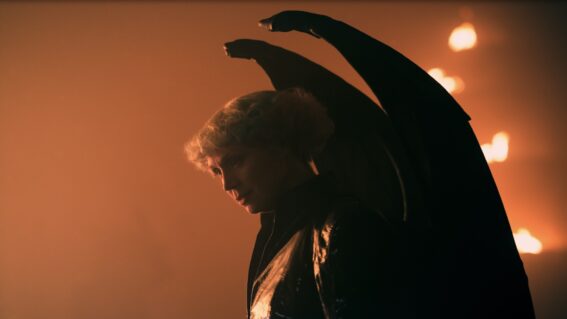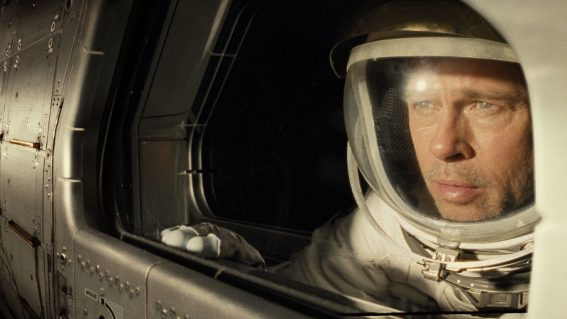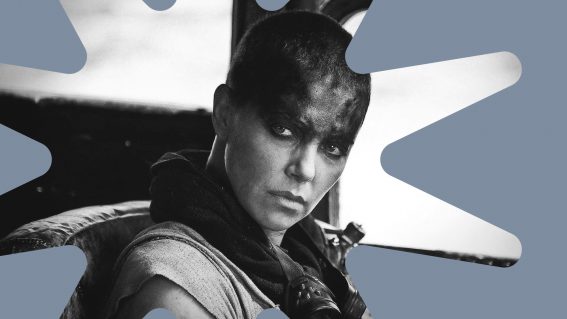Waco: The Aftermath revisits the fallout from the real-life cult tragedy
As the show pivots to become a courtroom drama, it’s clear there’s plenty of story left to tell.
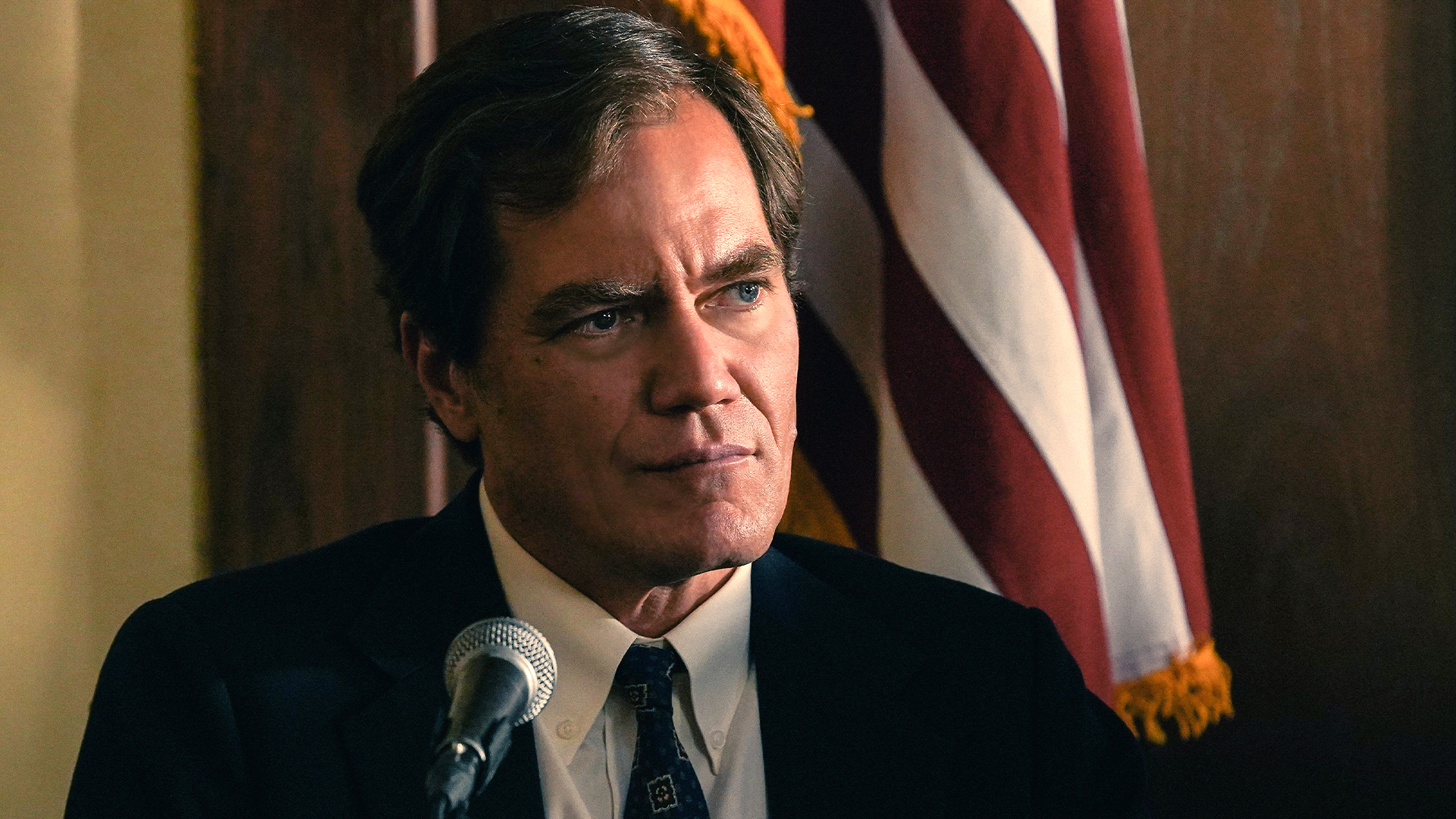

The fallout from a tragic cult siege is examined in mini-series Waco: The Aftermath – streaming on Neon. Its cascade of details about the real case and subsequent events are compelling, writes Tony Stamp, all anchored by a superb Michael Shannon lead performance.
An early impression when watching this five-episode mini-series: “Hey, this feels like a TV show”. Sure, there are burnished vistas and other cinematic conventions at play here, (and it’s great to see them), but Waco: The Aftermath is different from other recent prestige fare, in that it has a sense of urgency, and is packaged in a way that makes each episode satisfying.
This isn’t a “strong start-and-finish with some water-treading in the middle” show, in the “actually it’s one big movie” mould, and it doesn’t drag its heels before turning up the heat in the last few minutes so you hit next episode on your streaming service. It feels old-fashioned in the best way: sturdy, with a sense that its creators are invested in guiding you through these important events.
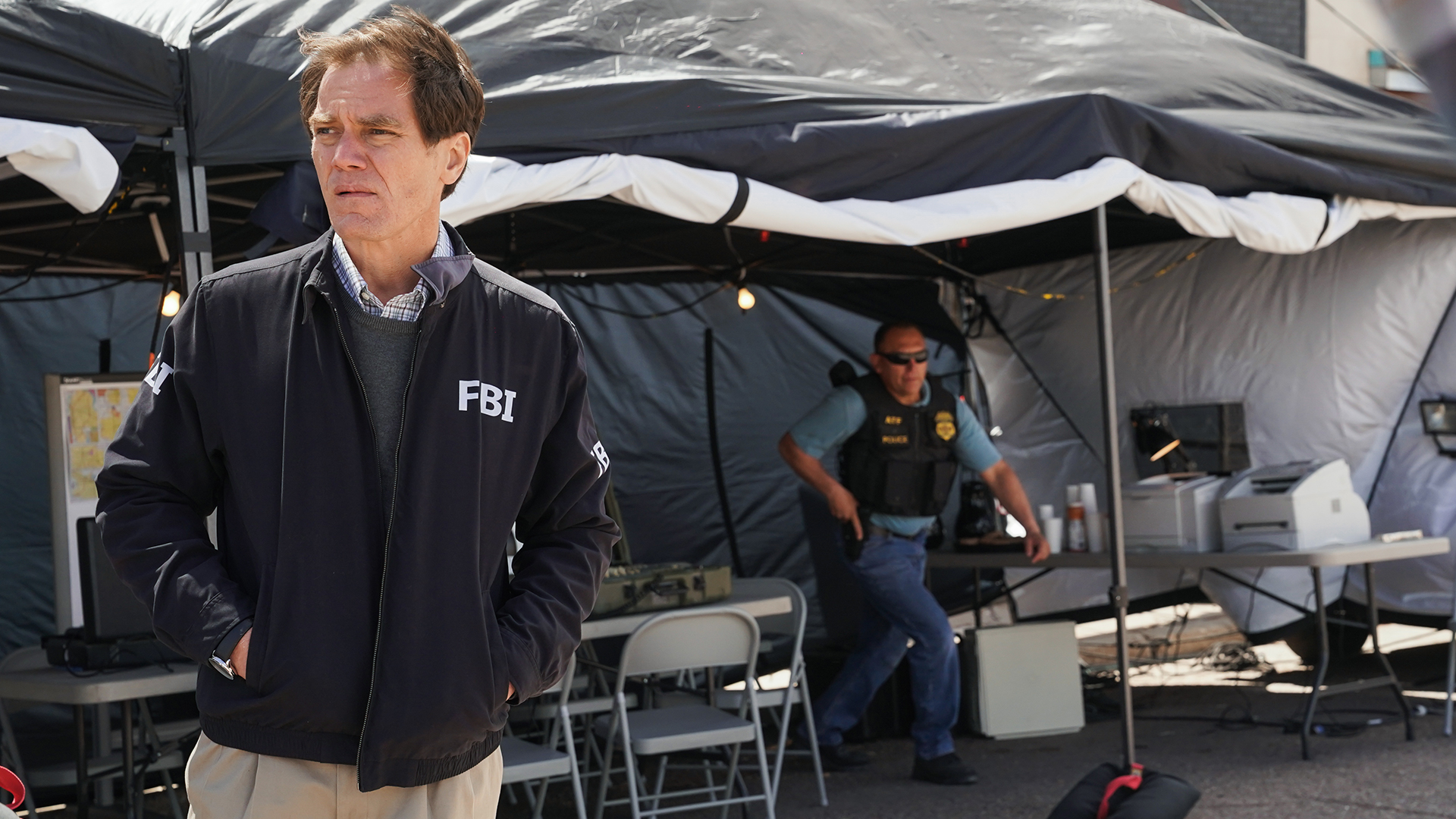
The show is even confident enough to open mid-conversation, as FBI hostage negotiator Gary Noesner (Michael Shannon) spars with agent Mitch Decker (Shea Whigham) about his handling of the 1993 siege on the Branch Davidian compound in Waco, Texas. Despite the standoff ending with 86 casualties (four federal agents, 84 cult members, including 28 children), the latter insists the situation couldn’t have been handled any differently.
As this happens, footage from the show’s predecessor (six-part series Waco) is interspersed, illustrating what a disaster the siege actually was. Even if you’re not familiar with the actual events, or the previous show, Aftermath works quickly to bring you up to speed.
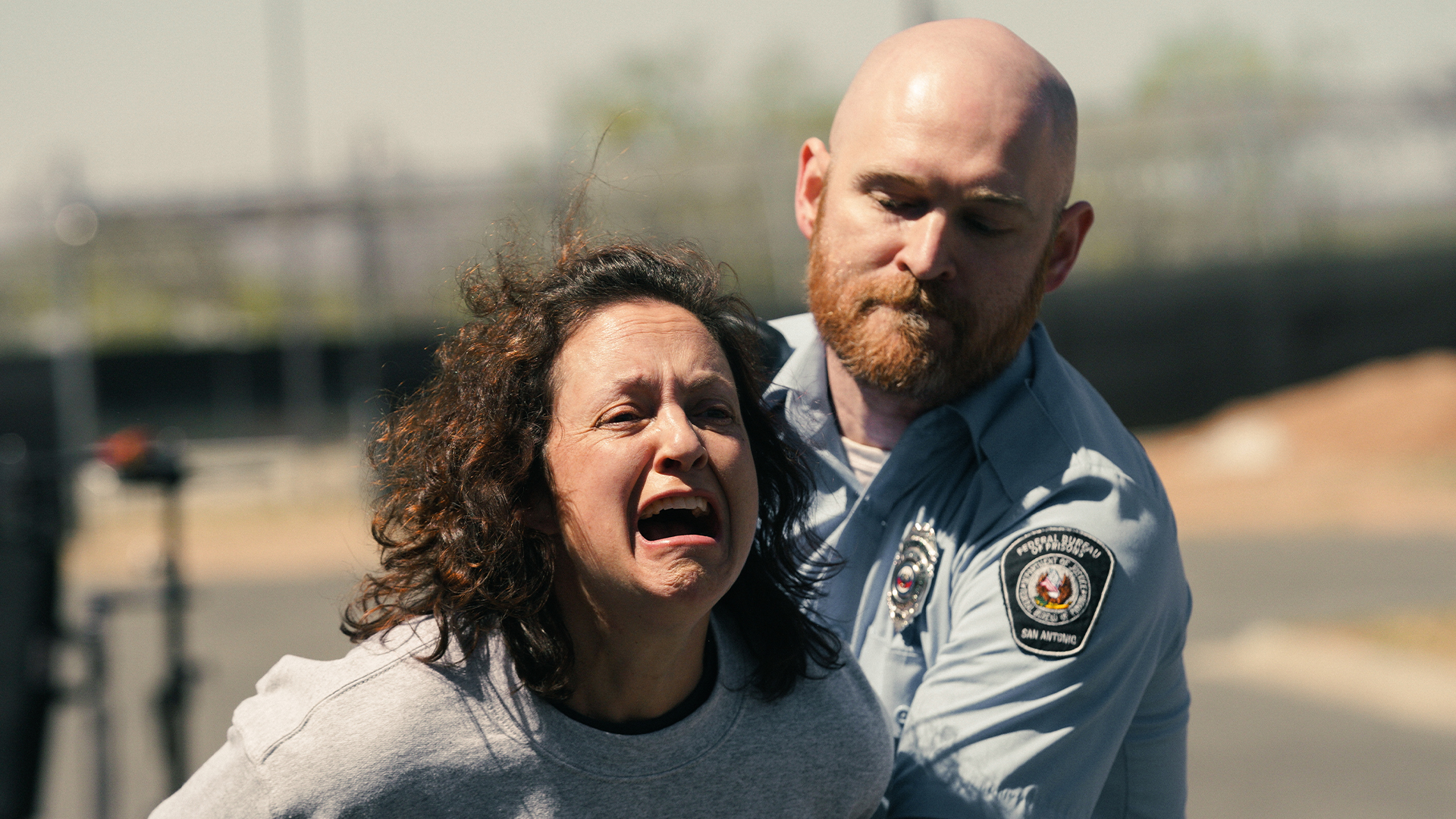
The standoff between the FBI, the Bureau of Alcohol, Tobacco, Firearms and Explosives, and the Branch Davidians—a doomsday cult that branched off from the Seventh Day Adventists in 1955 and was led by the charismatic David Koresh, who died in the siege, gaining enough infamy to have his name forever tied to the event.
When the standoff ended with the FBI pumping gas into the compound with the aid of a tank, then the structure catching fire with cult members barricaded inside, it was a massive news story. Coverage here in NZ was nightly, and while initial reports were clear about the FBI’s handling of the situation (death by fire aside, 20 people were shot, including five younger than 14), they quickly became murky, eclipsed by the myth-making attached to Koresh.

It’s obviously meaty subject matter for a dramatisation, with a little true-crime sensationalism for good measure. But the case absolutely deserves forensic inspection and relitigation, and the Waco miniseries did so admirably and evenly, showing how Noesner’s best efforts were eventually frustrated by Koresh’s messiah complex and the impatience of Decker, while portraying the Davidians as real, complex people.
It might not initially be clear what material is left for another series, but as the show pivots to become a courtroom drama, it’s clear there’s plenty of meat left on the bone. Continuing to draw on the memoir A Place Called Waco: A Survivor’s Story by former Branch Davidian David Thibodeau, attention is given to the men and women on trial, and their reluctance to be portrayed as idiots or victims as their defence lawyer begins to emphasis Koresh’s magnetism and villainy.

One of these is Clive Doyle, an Australian who was Koresh’s first follower. Played by American actor John Hoogenakker (doing a mostly convincing accent), his performance gets at Doyle’s emerging inner conflict without portraying him as a complete rube.
We periodically flashback to his first encounters with Koresh, who was played by Taylor Kitsch in the first series, with Keean Johnson stepping into a younger version of the role here (when Koresh went by Vernon Howell). I first encountered Johnson as the love interest in the live-action Alita: Battle Angel movie, and he works here for the same reason I thought he didn’t there: there’s a darkness behind his eyes that lingers, even when he’s proselytising to Doyle, which hints at the megalomania to come.
Also present in these flashbacks: Succession’s J. Smith-Cameron, playing a predecessor of Koresh’s, the prophetess Lois Roden. It’s a role very removed from Gerri, the actor playing her with a mix of tranquillity and menace.
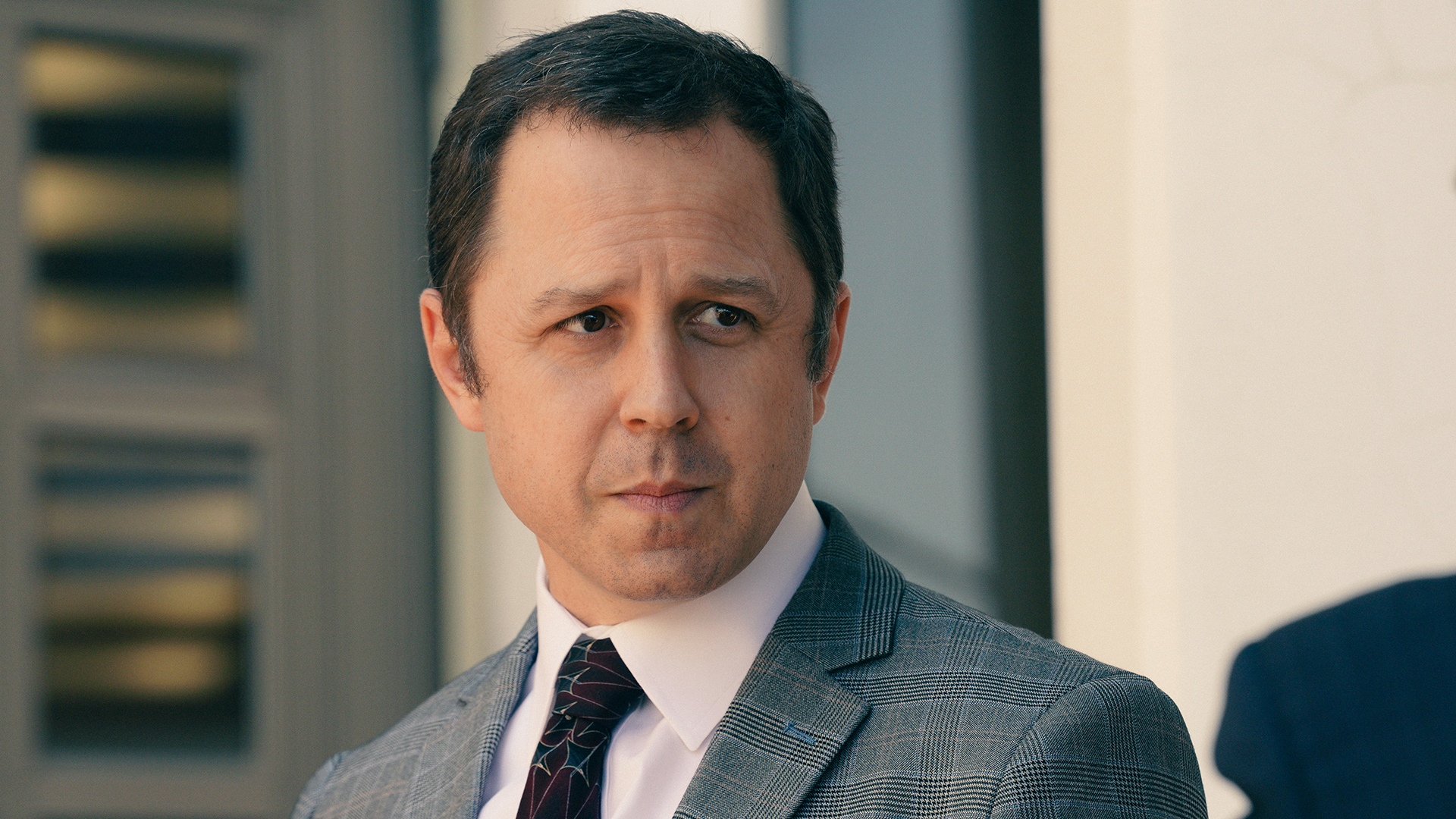
Familiar faces line the supporting cast: Abbey Lee as a government informant, Gary Cole as a private investigator, and John Leguizamo reprising his role as an ATF agent from the first series. The biggest surprise might be the appearance of Giovanni Ribisi as trial lawyer Dan Cogdell, a role which fits him well: he can dial up the smarm when he needs to, and has aged into a rumpled enough presence that you buy him as someone ground down by the system he works in, who knows exactly which angles to play.
The series is anchored by Michael Shannon’s lead performance, which is a testament to his huge skill as a performer. He has so often played characters barely able to keep a lid on their boiling rage that seeing him here is somewhat bracing: he is the calm centre of the storm, embodying Noesner’s inherent skill as a hostage negotiator, while allowing ripples of discontent to occasional appear on his face. Every time he’s on screen you feel comforted: basically the opposite of many of his other screen roles.
Waco: The Aftermath operates as engaging, back-to-basics television in a way that’s thoroughly satisfying, while including more modern accoutrements like movie stars and big-budget cinematography. The cascade of details about the real case and its fallout are compelling enough, but the show also makes it clear that similar cults of personality continue to operate in America, leaving the viewer to chew over its connection to the modern day.







